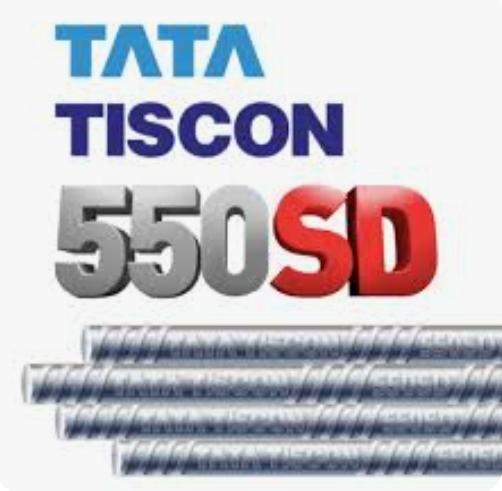CAPITAL AS A FACTOR OF PRODUCTION: SOURCES, COST OF CAPITAL, AND INVESTMENT DECISIONS
Introduction: In economics, capital is one of the key factors of production, alongside labor and land. It plays a crucial role in the production process by providing the necessary tools, equipment, and infrastructure needed to create goods and services. Understanding the sources of capital, the cost associated with it, and the impact on investment decisions is essential for businesses and policymakers alike. This article explores the concept of capital as a factor of production, delves into its sources, examines the cost of capital, and discusses its influence on investment decisions.
- Capital as a Factor of Production: Capital refers to the physical assets used in the production of goods and services. It encompasses machinery, buildings, equipment, infrastructure, and other long-term assets. Capital goods are instrumental in enhancing productivity, as they enable businesses to produce larger quantities of output in a more efficient manner. The availability and efficient allocation of capital play a vital role in economic growth and development.
- Sources of Capital: There are various sources from which businesses can acquire capital for their operations and investments. The major sources include:
- Equity Capital: Equity capital represents funds raised by issuing shares or stocks in a company. It involves selling ownership stakes to investors in exchange for capital. Equity capital provides the advantage of not incurring any debt obligations, but it involves sharing profits and decision-making with shareholders.
- Debt Capital: Debt capital involves borrowing funds from lenders such as banks, financial institutions, or bondholders. Businesses can secure loans or issue bonds to raise capital. Debt capital comes with the obligation to repay the principal amount along with interest. It allows businesses to retain full ownership and control over their operations but adds financial obligations.
- Retained Earnings: Retained earnings are the accumulated profits reinvested back into the business. Rather than distributing profits as dividends to shareholders, companies retain a portion of earnings to fund future growth and investments. Retained earnings serve as an internal source of capital, reducing reliance on external financing.

- Venture Capital and Private Equity: Venture capital and private equity involve investment from specialized firms or individuals in exchange for an ownership stake in a company. These sources of capital are typically sought by startups or businesses with high growth potential. In addition to providing funds, venture capitalists and private equity investors often offer expertise and guidance.
III. Cost of Capital: The cost of capital refers to the expense or return expected by investors for providing funds to a business. It comprises both the cost of debt and the cost of equity. The cost of debt is the interest rate paid on borrowed funds, while the cost of equity is the expected return demanded by shareholders.
Determining the cost of capital is crucial for investment decisions, as it helps businesses evaluate the viability of projects and make comparisons against potential returns. The cost of capital is influenced by factors such as prevailing interest rates, market conditions, the financial health of the business, and the level of risk associated with the investment.
- Investment Decisions and Capital: Investment decisions are influenced by the availability and cost of capital. When businesses have access to affordable capital, they are more likely to undertake new projects, expand operations, or invest in research and development. Conversely, when the cost of capital is high, businesses may be more cautious, leading to a slowdown in investment activities.

The profitability and risk associated with an investment project are crucial factors in determining whether to proceed. Businesses typically use metrics such as net present value (NPV), internal rate of return (IRR), and payback period to assess the potential returns and risks of investments. A higher cost of capital will result in higher hurdle rates, making it more challenging for projects to meet the required return thresholds.
Conclusion: Capital is a fundamental factor of production that enables businesses to produce goods and services efficiently. Understanding the sources of capital, the cost associated with it, and its impact on investment decisions is vital for businesses and policymakers alike. By carefully considering the cost of capital and evaluating investment opportunities, businesses can make informed decisions that lead to sustainable growth and success.


